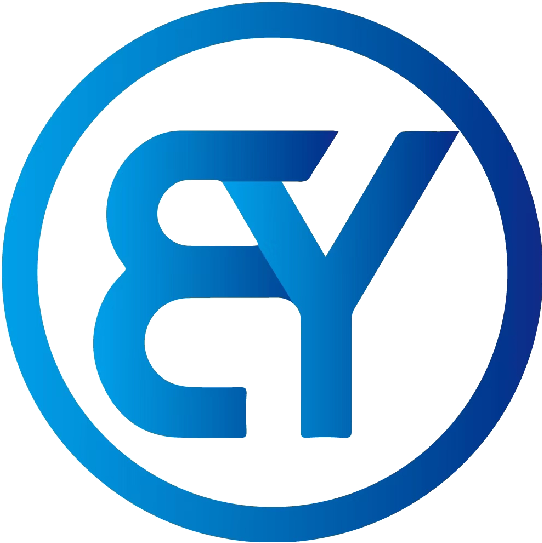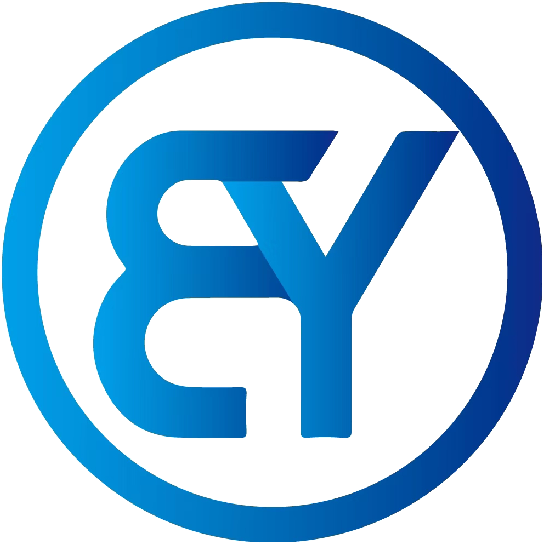Analyzing Copper Pipe Price Trends
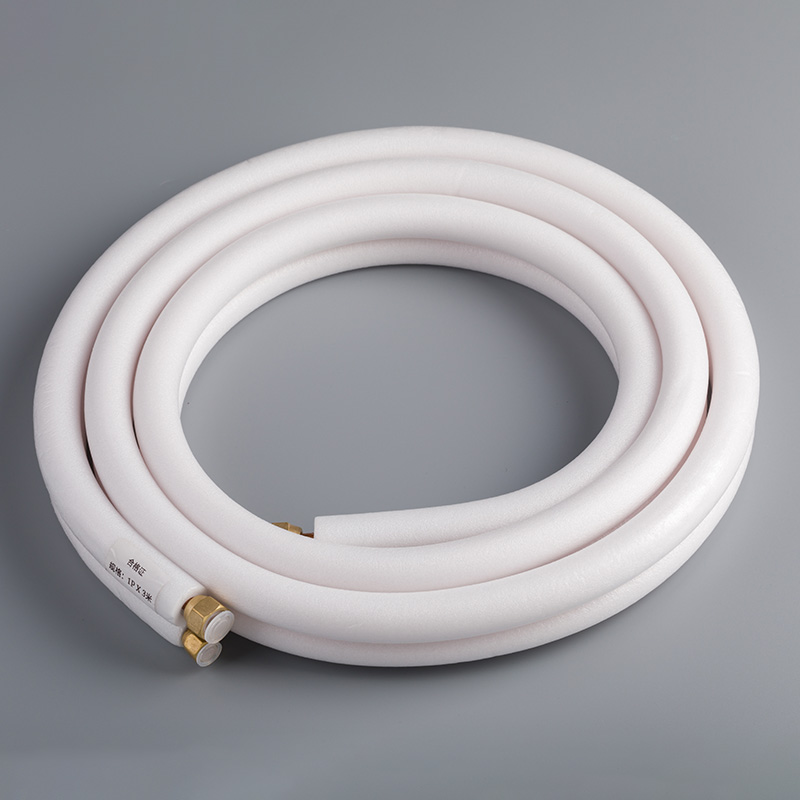
In various industries, copper pipes play a vital role due to their exceptional properties and versatility. Understanding the price trends of copper pipes is crucial for industry stakeholders to make informed decisions and adapt to market fluctuations effectively. This Guides blog post aims to delve into the intricate details of copper pipe price trends, providing valuable insights into historical patterns, influencing factors, recent developments, and practical strategies for manufacturers and consumers alike. If you're looking to analyze historical price trends of copper pipes, this post will equip you with the necessary tools and knowledge to navigate the market with confidence.
Understanding Copper Pipe Market
To comprehend the copper pipe market, one must delve into its historical context, key market players, and market dynamics.
Historical Context
Evolution of copper pipe usage
Copper pipes have evolved significantly over time, transitioning from basic plumbing applications to complex industrial systems. The durability and malleability of copper have made it a preferred material for various piping needs.
Historical price trends
The historical price trends of copper pipes reflect the cyclical nature of commodity markets. Fluctuations in demand, driven by economic conditions and technological advancements, have influenced the pricing patterns over the years.
Key Market Players
Major manufacturers
Leading manufacturers in the copper pipe industry have established a strong global presence through innovation and quality production. Their ability to adapt to changing market demands sets them apart in a competitive landscape.
Key consumers
Key consumers of copper pipes span across industries such as construction, electronics, and automotive sectors. Their reliance on copper pipes for critical applications underscores the indispensable nature of this versatile material.
Market Dynamics
Supply and demand factors
The interplay between supply and demand dynamics dictates the pricing mechanisms in the copper pipe market. Factors such as production capacities, inventory levels, and consumption patterns influence market equilibrium.
Impact of global trade policies
Global trade policies play a pivotal role in shaping the competitive landscape for copper pipe manufacturers and consumers alike. Tariffs, trade agreements, and geopolitical tensions can significantly impact pricing strategies and market access.
Factors Influencing Copper Pipe Prices
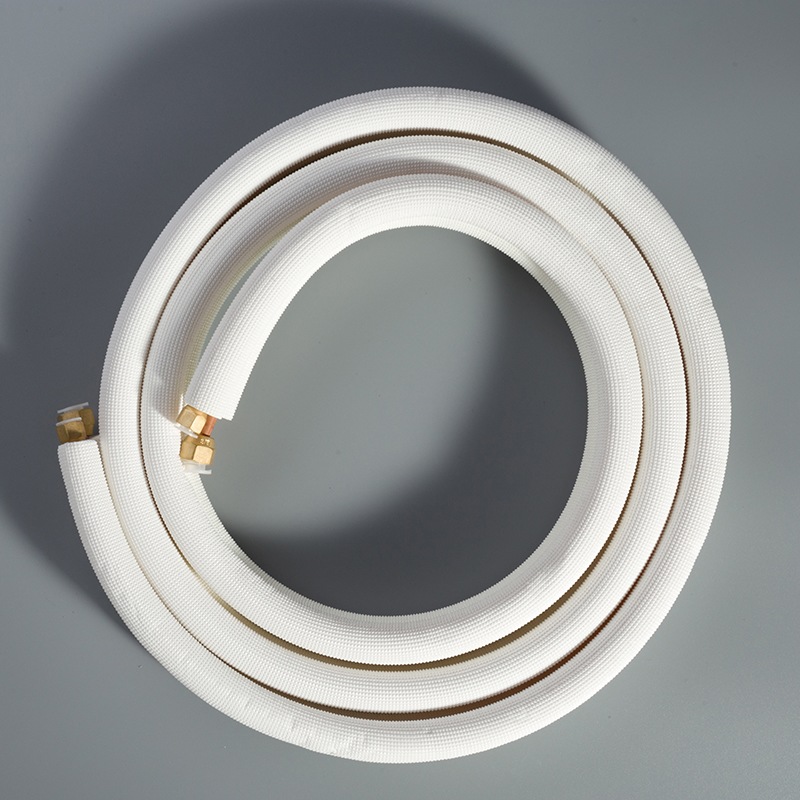
Raw Material Costs
Copper Ore Availability
The availability of copper ore directly impacts the production of copper pipes. A study on the process mineralogy of combined copper oxide ore in Tibet revealed insights into the mineral composition and extraction challenges. The systematic investigation highlighted the significance of optimizing ore processing to meet industry demands efficiently.
Mining and Extraction Costs
Mining and extraction processes are integral components of the copper pipe supply chain. Understanding the acid leaching behavior with calcium fluoride can enhance operational efficiency and cost-effectiveness. By leveraging innovative techniques, manufacturers can mitigate risks associated with fluctuating mining costs and ensure a sustainable resource management strategy.
Production and Manufacturing Costs
Technological Advancements
Technological advancements play a pivotal role in shaping production efficiencies within the copper pipe industry. The mineral composition of copper slags offers valuable insights into optimizing manufacturing processes. By harnessing innovative solutions, manufacturers can streamline operations, reduce waste, and enhance overall productivity.
Labor and Energy Costs
Labor and energy costs significantly influence the overall production expenses of copper pipes. The form of finding valuable components in copper slags underscores the importance of labor optimization strategies. Implementing sustainable energy practices not only reduces operational costs but also aligns with environmental regulations, fostering long-term growth opportunities.
Economic Indicators
Inflation Rates
Inflation rates serve as critical benchmarks for assessing economic stability and market trends. Analyzing inflation data alongside currency exchange rates provides industry stakeholders with a comprehensive understanding of pricing dynamics. By monitoring these indicators proactively, businesses can adapt pricing strategies to mitigate financial risks effectively.
Currency Exchange Rates
Currency exchange rates directly impact international trade flows and pricing competitiveness in the global market. The complex nature of finding valuable metals in copper slags necessitates a strategic approach to currency risk management. Utilizing hedging mechanisms can safeguard against currency fluctuations, ensuring sustained profitability amidst evolving market conditions.
External Factors
Geopolitical Events
Global copper pipe prices can be significantly influenced by geopolitical events that impact trade agreements and market stability.
Changes in diplomatic relations between major copper-producing countries may lead to disruptions in the supply chain, affecting prices worldwide.
Geopolitical tensions can create uncertainties within the market, causing fluctuations in copper pipe costs as manufacturers navigate through challenging environments.
Environmental Regulations
Stringent environmental regulations play a crucial role in shaping the future of the copper pipe industry.
Compliance with sustainability standards and emission controls is essential for manufacturers to maintain operational licenses and meet consumer demands.
Environmental policies drive innovation towards eco-friendly practices, influencing production processes and ultimately affecting the pricing strategies of copper pipes globally.
Analyzing Recent Trends
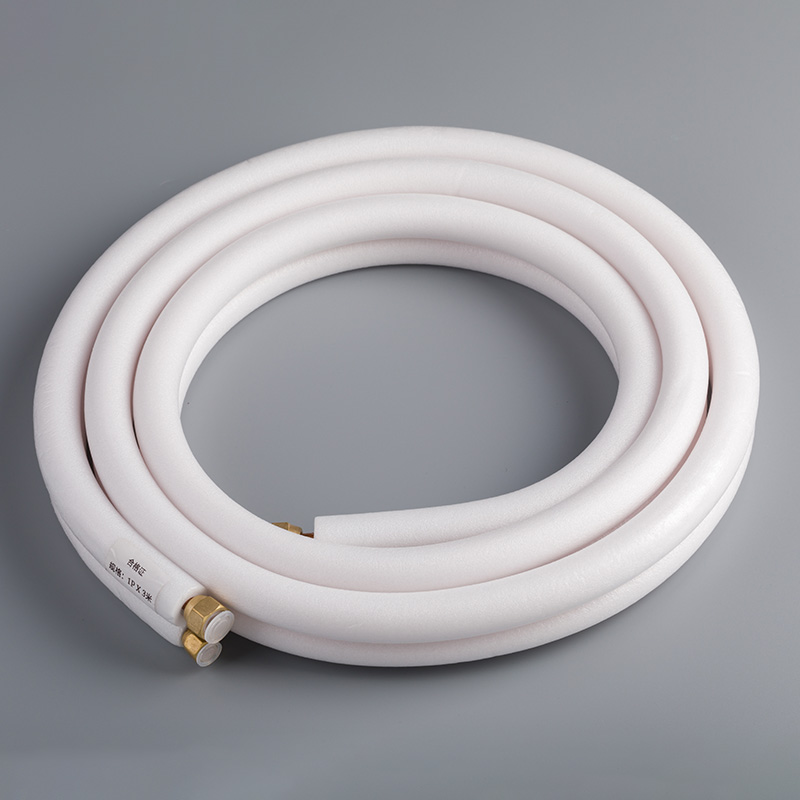
To gain a comprehensive understanding of the current landscape in the copper pipe market, it is essential to analyze recent trends that encompass both short-term fluctuations and long-term projections.
Short-term Trends
Monthly and Quarterly Price Changes
The monthly and quarterly price changes reflect the dynamic nature of the copper pipe market. Fluctuations in prices can be influenced by various factors such as supply chain disruptions, global economic conditions, and geopolitical tensions.
Manufacturers and consumers closely monitor these short-term trends to make timely decisions regarding procurement, production planning, and pricing strategies. Adapting swiftly to price changes is crucial for maintaining competitiveness in the market.
Recent Market Disruptions
Recent market disruptions have had a notable impact on copper pipe prices. Events like natural disasters, labor strikes, or unexpected shifts in demand can lead to sudden price spikes or drops.
Industry stakeholders need to stay vigilant and agile in response to these disruptions. Implementing risk management strategies and diversifying sourcing options can help mitigate the effects of unforeseen market events.
Long-term Trends
Yearly Price Analysis
Conducting a yearly price analysis provides valuable insights into the overarching trends shaping the copper pipe market. By examining historical data and identifying patterns, industry players can anticipate future price movements.
Understanding the long-term price trajectory enables manufacturers and consumers to develop sustainable business strategies that account for both cyclical fluctuations and structural shifts in the market.
Predictive Modeling and Forecasts
Leveraging predictive modeling techniques allows industry experts to forecast potential scenarios based on historical data and current market dynamics. These forecasts serve as valuable tools for decision-making processes.
By utilizing advanced analytics and forecasting methodologies, stakeholders can proactively prepare for upcoming challenges or opportunities in the copper pipe sector.
Practical Applications and Strategies
For Manufacturers
Cost Management Strategies
Implementing efficient cost management strategies is paramount for manufacturers in the copper pipe industry. By optimizing production processes and minimizing overhead expenses, companies can enhance profitability and maintain a competitive edge in the market.
Key Focus Areas:
Streamlining Operations: Enhancing operational efficiency through automation and process optimization can reduce manufacturing costs significantly.
Resource Allocation: Strategically allocating resources based on demand forecasts and market trends enables manufacturers to minimize wastage and maximize output.
Industry Insights:
The global Copper Pipes and Tubes market size is estimated to be worth USD 23790 million in 2022, with a projected growth to USD 28250 million by 2028. This anticipated expansion underscores the importance of implementing robust cost management strategies to capitalize on emerging opportunities.
Supply Chain Optimization
Optimizing the supply chain is essential for ensuring seamless operations and meeting customer demands effectively. Manufacturers must focus on enhancing transparency, reducing lead times, and fostering strong supplier relationships to streamline the procurement process.
Strategic Approaches:
Collaborative Partnerships: Establishing strategic partnerships with reliable suppliers can help mitigate risks associated with raw material shortages or price fluctuations.
Inventory Management: Implementing advanced inventory management systems allows manufacturers to maintain optimal stock levels, reducing carrying costs and improving order fulfillment efficiency.
Market Trends:
Copper prices are expected to increase in the long term due to rapid growth in demand. This forecast highlights the significance of supply chain optimization in navigating evolving market dynamics efficiently.
For Consumers
Budgeting and Procurement Strategies
Consumers of copper pipes must develop effective budgeting and procurement strategies to manage costs while maintaining quality standards. By leveraging market insights and negotiating favorable contracts, consumers can optimize their purchasing decisions for long-term sustainability.
Best Practices:
Cost Analysis: Conducting thorough cost analyses helps consumers identify cost-saving opportunities without compromising product quality or performance.
Supplier Evaluation: Assessing suppliers based on reliability, quality standards, and pricing structures enables consumers to establish mutually beneficial partnerships that drive value creation.
Market Dynamics:
The global Copper Pipes market is forecasted to witness a steady CAGR of 2.9% from 2022 to 2028. Consumer-focused budgeting and procurement strategies play a crucial role in adapting to changing market conditions while ensuring consistent product availability.
Alternative Materials and Solutions
Exploring alternative materials and innovative solutions presents consumers with opportunities to diversify sourcing options and address sustainability concerns. By considering eco-friendly alternatives and technological advancements, consumers can align their procurement practices with evolving industry trends.
Sustainable Initiatives:
Eco-Friendly Options: Embracing sustainable materials such as recycled copper or composite piping systems supports environmental conservation efforts while meeting performance requirements.
Future Outlook:
The global Copper Pipes market size is estimated to reach USD 28250 million by 2028, reflecting a growing demand for versatile piping solutions across various sectors. Embracing alternative materials not only promotes sustainability but also positions consumers as proactive industry leaders driving positive change within the market landscape.
Key Findings:
Achieving a high degree of accuracy in matching the digital twin’s behavior with actual mill operations is crucial for optimizing copper ore milling processes.
Envisioning a remarkable annual growth rate till 2030 in the global market perspectives on copper pipes and tubes signifies promising opportunities for industry stakeholders.
Predicting a severe copper shortage by 2026 and a bullish copper price forecast for 2030 emphasizes the necessity for proactive strategies to address future price trends.
Implications for Stakeholders:
Industry players need to adapt swiftly to technological advancements and market dynamics to capitalize on growth opportunities and mitigate risks effectively.
Future Price Trends:
Quotations expected to be three times or more higher relative to current prices by 2030, highlighting the importance of strategic planning and resource optimization.
Call to Action:
Further research and continuous monitoring are essential for staying abreast of evolving market conditions and making informed decisions that drive sustainable growth in the copper industry.
See Also
Revealing the Development of 1 2 Copper Tubing in Building
Exploring the Affordability of Dual Copper Pipe Spools
Best Places to Purchase 1/4 Inch Copper Tubing: Top 5 Budget-Friendly Choices
Reasons Copper Tubing Outperforms PVC: Eco-Friendly Perspectives
